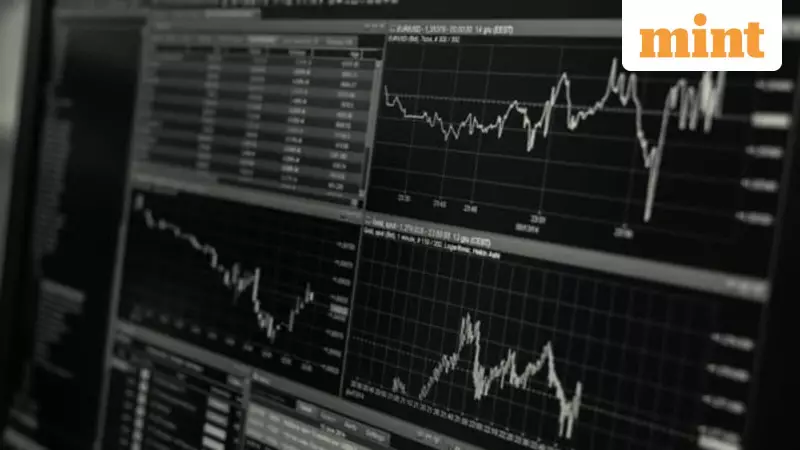
The Indian rupee begins the new trading week facing downward pressure, mirroring the weakness seen across major Asian currencies. However, currency traders anticipate that the Reserve Bank of India's strong defense of key levels will prevent significant depreciation, keeping the USD/INR pair confined within a tight trading band.
Range-Bound Trading Continues
Market indicators suggest the rupee will open largely unchanged against the US dollar. The 1-month non-deliverable forward contract pointed to an opening around 88.85, compared to Friday's closing of 83.7425. Currency experts predict the rupee will maintain its rangebound movement on Monday, caught between negative regional trends and the RBI's determined protection of the 88.80 level.
Market participants note a significant lack of momentum on either side of the trade. "Until we have fresh impulse, we're essentially trading the same ranges," commented one trader. The rupee moved within a band of just over 20 paise throughout last week, highlighting how tightly controlled the currency pair has become due to predictable central bank activity.
Asian Markets Struggle, US Data in Focus
Most Asian currencies traded lower on Monday, with the Taiwanese dollar and South Korean won leading the declines. The dollar index edged higher to 99.39, adding to the pressure on emerging market currencies.
Investors are now focusing on several key US economic indicators following the resolution of the federal shutdown. The market particularly awaits the September non-farm payrolls report due on Thursday, which could provide crucial hints about the Federal Reserve's December interest rate decision.
The market reaction to US President Donald Trump's decision to remove tariffs on more than 200 food items remained largely muted. Analysts attributed this subdued response to widespread anticipation of the move, given ongoing cost-of-living concerns.
Market Indicators and Foreign Flows
Other key market indicators show the onshore one-month forward premium at 12 paise, while Brent crude futures declined by 0.9% to $63.8 per barrel. The ten-year US note yield stood at 4.14%.
Foreign investment data reveals mixed patterns. According to NSDL statistics, foreign investors purchased a net $231.4 million worth of Indian shares on November 13. However, they sold a net $65.1 million worth of Indian bonds on the same date.
Banking sector analysts suggest the rupee's outlook won't change substantially unless the USD/INR pair breaks decisively above the 88.80 level, pushing the currency into new record low territory.





